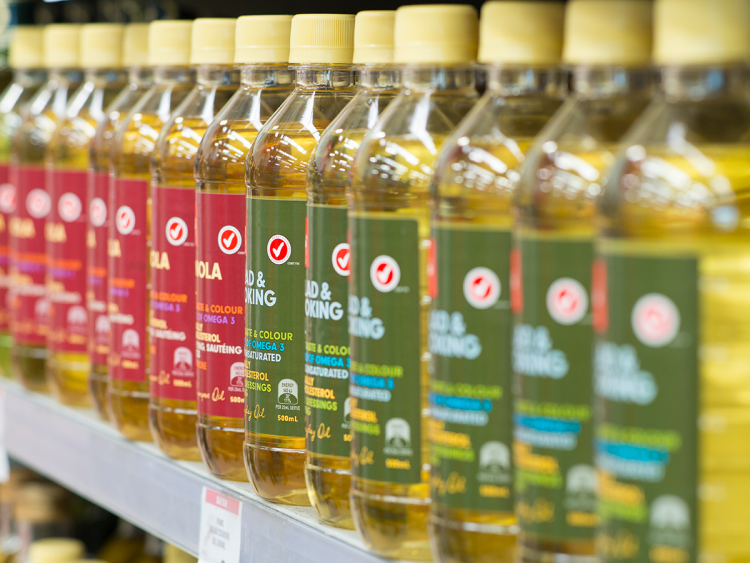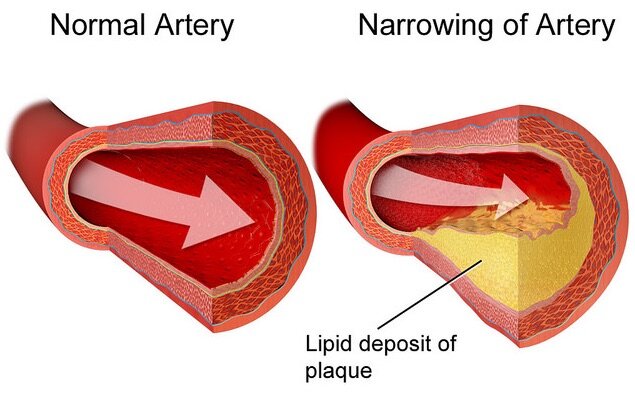Story at a glance…
-
Many different foods and nutrients have been suggested as the cause of the growth in chronic disease in America.
-
There have always been exceptions to this demonization, whether of carbs, red meat, or fats, within certain world populations.
-
Industrial seed and vegetable oils, and the polyunsaturated fats they contain, appear to be the most likely candidate, for many different reasons, for America’s disease epidemics.
Over the 20th century, rates of chronic disease, cardiometabolic disorders, and heart disease grew in America in such a way as to bring a number of potential culprits onto the front page of scientific journal and tabloid magazine alike. Butter, saturated fats, red meat, cholesterol, simple carbs, sugar, and refined grains have all taken their turn in the hot seat of scientific and popular scrutiny.
However there is always a population somewhere on earth, whether the Japanese, the Inuit, or the French, that has thrown a wrench into the process by consuming a diet full of whatever it was in vogue to scrutinize. The most recent culprit is unique in that it’s also one of the most recently-added nutrients to the human diet—industrial seed or vegetable oils, like linseed, canola, sunflower seed, rapeseed, etc., and specifically a kind of polyunsaturated fatty acid (PUFA) therein called linoleic acid.
This is for two reasons. The first has been figured out in bits and pieces since the 1950s, while the other is a much more recent hypothesis.
The data are compelling since they implicate other known risk factors such as cholesterol, and strike down many other hypotheses that would necessitate implicating the diets of ancestral peoples like the Inuit or Hadza.
Furthermore, their supposed innocence has led to some large entities like the American Heart Association or the FDA recommending increased consumption of linoleic acid, the latter requiring their presence in baby food, while the vast livestock herds most industrialized nations draw their meat from are fed diets containing high amounts of corn and soy, creating a lipid profile containing 10-times more linoleic acid than the animals would contain naturally as grazers.
Further still, since these seed oils represent an enormous savings compared to using oils derived from oily foods like coconut, avocado, and olive, they quickly grew to occupy most processed foods. Linoleic acid is even sold as a dietary and workout supplement, and is used as a base for other supplements like royal jelly or ginseng.
All these aspects mean that the modern food system is soaked in industrial seed oils, even though it was once considered toxic industrial waste, and its presence in human fat cells has increased 136% over the last half-century. Any health implications derived from their consumption, one would think, should be treated with the utmost urgency. Some researchers like functional medicine pioneer Chris Kresser MD, have been ringing alarm bells on this topic for several years now, and his case is long, detailed, well-cited, and compelling.
If you think the stories you’ve just read were worth a few dollars, consider donating here to our modest $500-a-year administration costs.
Continue exploring this topic — Disease — A Sardine a Day Keeps Diabetes Away — Spanish Study
Continue exploring this topic — Diet — Japanese Cuisine Has Always Increased Lifespan — But What About Healthspan?
Continue exploring this topic — Obesity — Maternal Diets High in Inflammation Could Lead to Late-Childhood Obesity or Smaller Children




